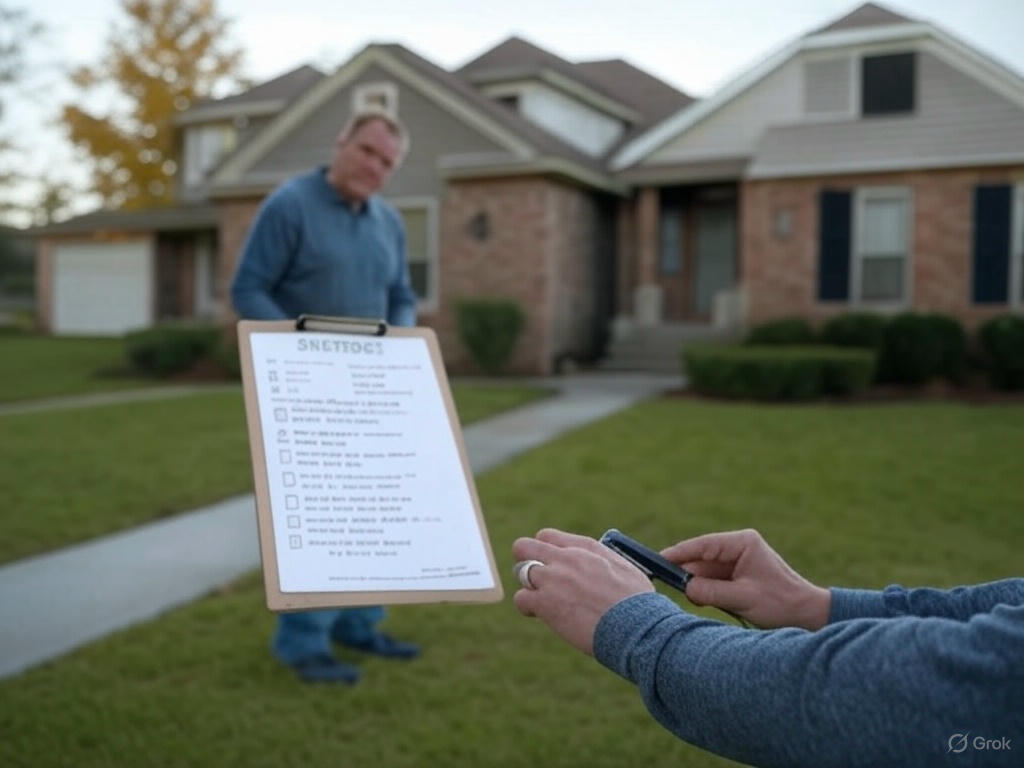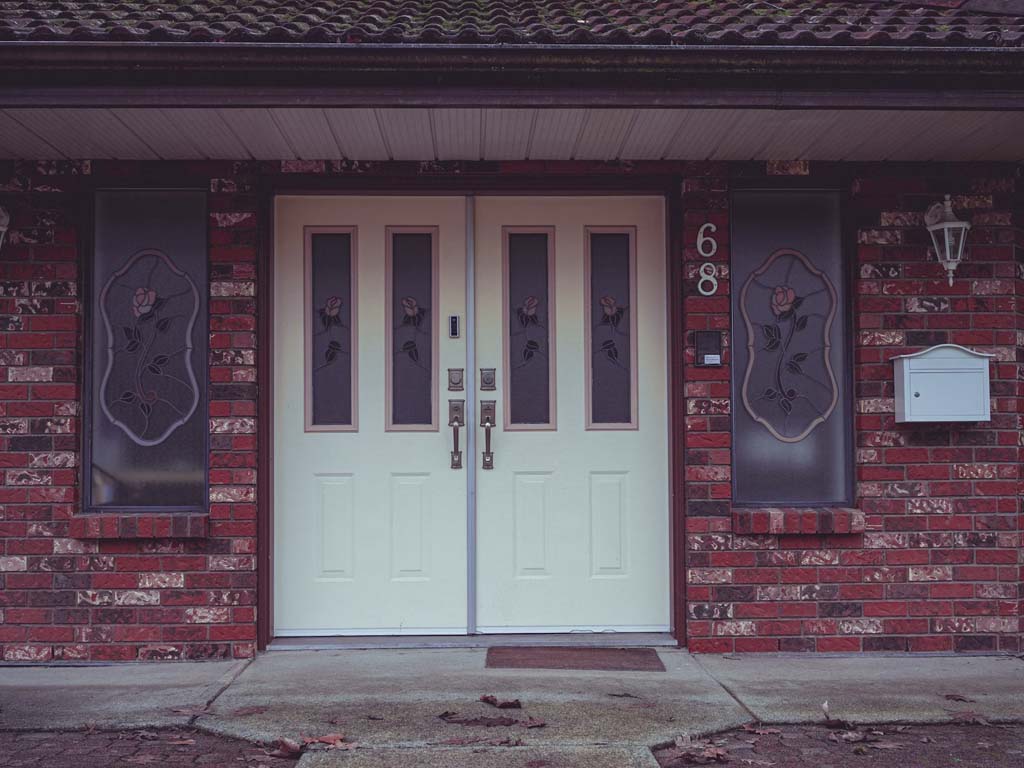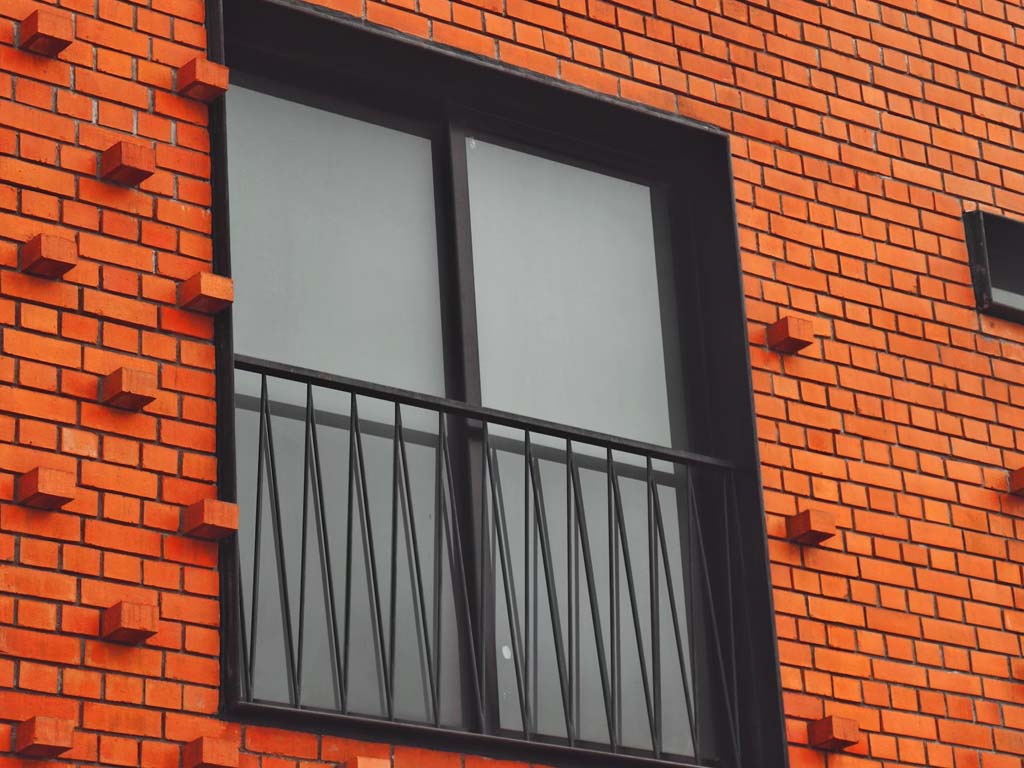Owning a home comes with a variety of responsibilities, and keeping your property in top shape is crucial to ensuring its longevity, comfort, and safety. One of the most effective ways to maintain your home and protect its value is through regular, seasonal maintenance. Each season brings its own set of tasks, and by staying on top of them, you can prevent major repairs and ensure your home is ready to handle whatever the weather throws at it.
This ultimate checklist for seasonal home maintenance will help you tackle the necessary tasks for each season, whether it’s the chill of winter, the heat of summer, or the temperate weather of spring and fall. With this guide, you’ll be prepared to care for your home all year round.
Spring Home Maintenance Checklist
Spring is the perfect time to prepare your home for warmer weather and take care of the tasks that may have been neglected during the cold winter months. This season is all about cleaning, organizing, and inspecting your home’s exterior and systems.
1. Clean and Inspect Gutters and Downspouts
– Why: Winter storms and falling leaves can clog gutters and downspouts, leading to water damage to your roof, siding, and foundation.
– What to Do: Clean out debris, leaves, and dirt. Check for leaks and ensure the downspouts are directing water away from the foundation.
2. Inspect the Roof
– Why: Winter weather can cause damage to shingles or flashing, leading to leaks and structural issues.
– What to Do: Look for loose, damaged, or missing shingles. If you find any issues, consider calling a professional roofer for repairs.
3. Test Air Conditioning System
– Why: Before the summer heat sets in, it’s important to make sure your air conditioning unit is running efficiently.
– What to Do: Change the air filter, clean the coils, and test the system to ensure it’s working. Consider having a professional HVAC technician do a full inspection if necessary.
4. Check Windows and Doors for Leaks
– Why: Leaky windows and doors can lead to higher energy bills and discomfort in your home.
– What to Do: Inspect for drafts, worn weatherstripping, or damaged seals. Repair or replace weatherstripping and caulking as needed.
5. Clean the Dryer Vent
– Why: A clogged dryer vent is a fire hazard and can reduce your dryer’s efficiency.
– What to Do: Remove lint from the vent and ducts, and check for any blockages. Clean the vent to ensure it’s free from debris.
6. Fertilize the Lawn and Trim Shrubs
– Why: Healthy landscaping enhances curb appeal and prevents overgrowth from damaging your home’s exterior.
– What to Do: Apply a spring fertilizer and trim any bushes, trees, or shrubs that may have grown too large during the winter months.
Summer Home Maintenance Checklist
Summer is the time to focus on outdoor maintenance and preparing for extreme heat. It’s also a great opportunity to take care of tasks that might be easier in the warmer weather.
1. Inspect and Maintain the Deck or Patio
– Why: Decks and patios endure wear and tear due to weather, which can lead to rot or structural issues.
– What to Do: Clean and reseal the deck, repair any loose boards or damaged railing, and check for any signs of rot or insect damage.
2. Check the Lawn Irrigation System
– Why: A malfunctioning irrigation system can lead to uneven watering, wasting water or drying out your lawn.
– What to Do: Test the system to ensure all zones are working properly. Check for leaks, broken sprinkler heads, or blockages and make repairs if necessary.
3. Clean the Pool (if applicable)
– Why: Pools require regular maintenance to ensure water quality and avoid costly repairs.
– What to Do: Check water chemistry, clean filters, skim debris, and inspect the pool equipment for any damage. Test the pool’s water temperature, pH, and chlorine levels.
4. Inspect the Foundation
– Why: Hot summer weather can exacerbate foundation problems, such as cracks or settling.
– What to Do: Walk around the foundation looking for any visible cracks or signs of settling. If you notice anything concerning, contact a professional for an inspection.
5. Maintain the Exterior Paint
– Why: Summer’s warmth is ideal for painting and maintaining your home’s exterior, which can be damaged by the elements over time.
– What to Do: Touch up any chipped or peeling paint on trim, doors, or shutters. This will help protect your home from weathering.
6. Inspect and Clean Your BBQ Grill
– Why: Regular maintenance of your grill ensures it’s ready to use for the summer.
– What to Do: Clean the grates, inspect the burners, and check the gas line for leaks.
Fall Home Maintenance Checklist
Fall is a transitional season, and it’s essential to prepare your home for the colder months ahead. This is also a great time to complete tasks before the winter chill sets in.
1. Winterize the Windows and Doors
– Why: Proper insulation is essential to prevent heat loss and save on heating costs during the winter months.
– What to Do: Install weatherstripping or replace it if necessary. Consider adding insulated curtains or window film to improve energy efficiency.
2. Clean and Store Outdoor Furniture
– Why: Outdoor furniture and accessories can be damaged by rain, snow, or freezing temperatures.
– What to Do: Clean and dry outdoor furniture before storing it in a shed or garage. Cover furniture if you plan to leave it outside during the winter.
3. Check and Seal Gaps in the Exterior
– Why: Gaps in the exterior can let cold air in, increasing your heating bills.
– What to Do: Check for gaps around windows, doors, and vents. Seal any gaps with caulk or weatherstripping.
4. Inspect Chimney and Fireplace
– Why: If you plan to use your fireplace during the winter, it’s essential to ensure it’s safe and ready.
– What to Do: Hire a chimney sweep to clean the chimney and remove any debris or soot buildup. Ensure the flue is working properly, and check the seals around the fireplace door.
5. Prepare the Heating System
– Why: A well-maintained heating system ensures that your home stays warm during the cold months.
– What to Do: Test your furnace and change the air filter. If your heating system uses a boiler, check for any leaks or corrosion and make sure it’s operating efficiently.
6. Inspect the Roof Again
– Why: Fall storms and heavy winds can cause damage to your roof, especially after summer heat.
– What to Do: Inspect the roof for any loose shingles or signs of wear. Make sure the gutters are clean and properly aligned.
Winter Home Maintenance Checklist
Winter brings cold temperatures and the potential for snow and ice. To avoid surprises and keep your home safe, focus on keeping your home warm and protected from the elements.
1. Insulate Pipes
– Why: Frozen pipes can burst and cause expensive water damage to your home.
– What to Do: Insulate pipes in unheated areas, such as the attic, garage, and basement, using foam pipe insulation or heating tape.
2. Monitor the Heating System
– Why: Your heating system will be working overtime in winter, and you want to ensure it’s running efficiently and safely.
– What to Do: Check your furnace or heating system for any signs of malfunction. Change filters regularly, and consider scheduling a professional inspection to ensure it’s working efficiently.
3. Check Attic Insulation
– Why: Proper attic insulation keeps your home warmer and reduces energy bills during the winter months.
– What to Do: Inspect the attic for adequate insulation, particularly around ducts, pipes, and vents. Add more insulation if necessary.
4. Seal Drafts
– Why: Cold drafts can make your home uncomfortable and drive up heating costs.
– What to Do: Use draft stoppers on doors and windows, and consider covering windows with insulating film for added protection.
5. Maintain Snow Removal Tools
– Why: Having the right tools on hand is essential for keeping your driveway and walkways clear of snow and ice.
– What to Do: Ensure your snow blower is in good working condition, and stock up on salt or sand for de-icing. If you live in a particularly snowy area, consider scheduling regular snow removal services.
6. Test Smoke and Carbon Monoxide Detectors
– Why: Heating systems can pose a risk for carbon monoxide buildup, so it’s important to have functioning detectors.
– What to Do: Test and replace the batteries in your smoke and carbon monoxide detectors to ensure they’re working properly.
Conclusion
Maintaining your home throughout the year requires regular attention, but by following these seasonal checklists, you’ll ensure that your home stays in top shape for years to come. Taking care of small repairs and inspections before they become major issues will save you time, money, and stress in the long run.
By staying proactive, you’ll not only keep your home safe and comfortable but also increase its longevity and value. Make seasonal maintenance a priority, and you’ll enjoy a well-maintained home year-round!










